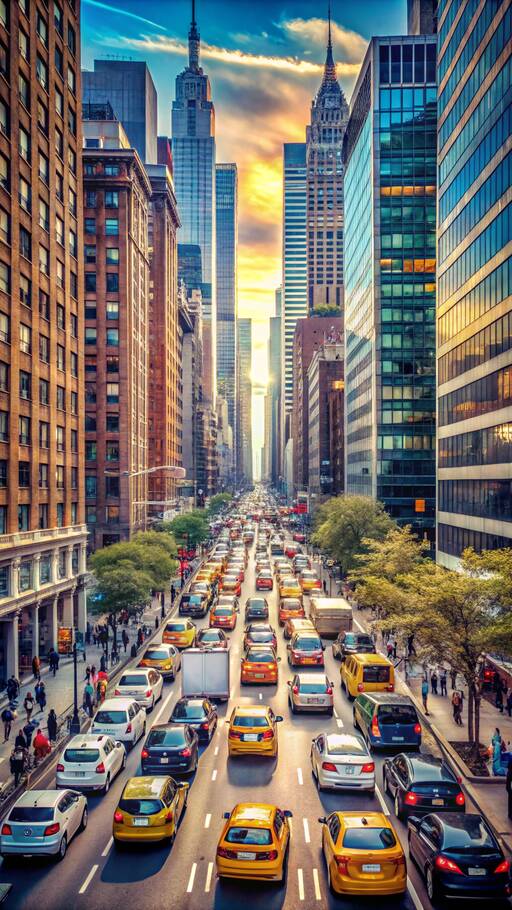
A federal judge recently dismissed New Jersey's effort to stop the congestion fees, yet opposition remains strong. Key opponents include:
- NAACP
- United Federation of Teachers
- New Jersey Governor Phil Murphy
- US Rep. Josh Gottheimer
- President-elect Donald J. Trump, who has vowed to overturn the program
The Metropolitan Transit Authority (MTA) aims to generate $500 million annually from these fees to enhance and repair New York's subway system. This could increase their budget by up to $2.4 billion each year, representing a 13% rise.
- Passenger vehicles: Up to $9
- Delivery trucks: Up to $14.40
- Multi-unit trucks: Up to $21.60
- Buses: Up to $14.40
- Motorcycles: Up to $4.50
- Passenger vehicles: Up to $12, with similar increases across other categories
- Passenger vehicles: $15
Additional bridge and tunnel tolls apply, with the Verrazzano-Narrows and other crossings costing up to $11.19 by mail or $6.94 via E-Z Pass.
Passenger vehicles entering from certain tunnels receive credits, such as $3 from the Lincoln Tunnel.
The system uses toll readers and cameras to track vehicles via license plates, with or without E-Z Pass.
While inspired by global models, New York's congestion pricing is primarily designed to fund mass transit improvements rather than merely reduce traffic. Its future remains uncertain due to ongoing legal battles and political factors, but its financial potential could shape urban transit approaches in the U.S.